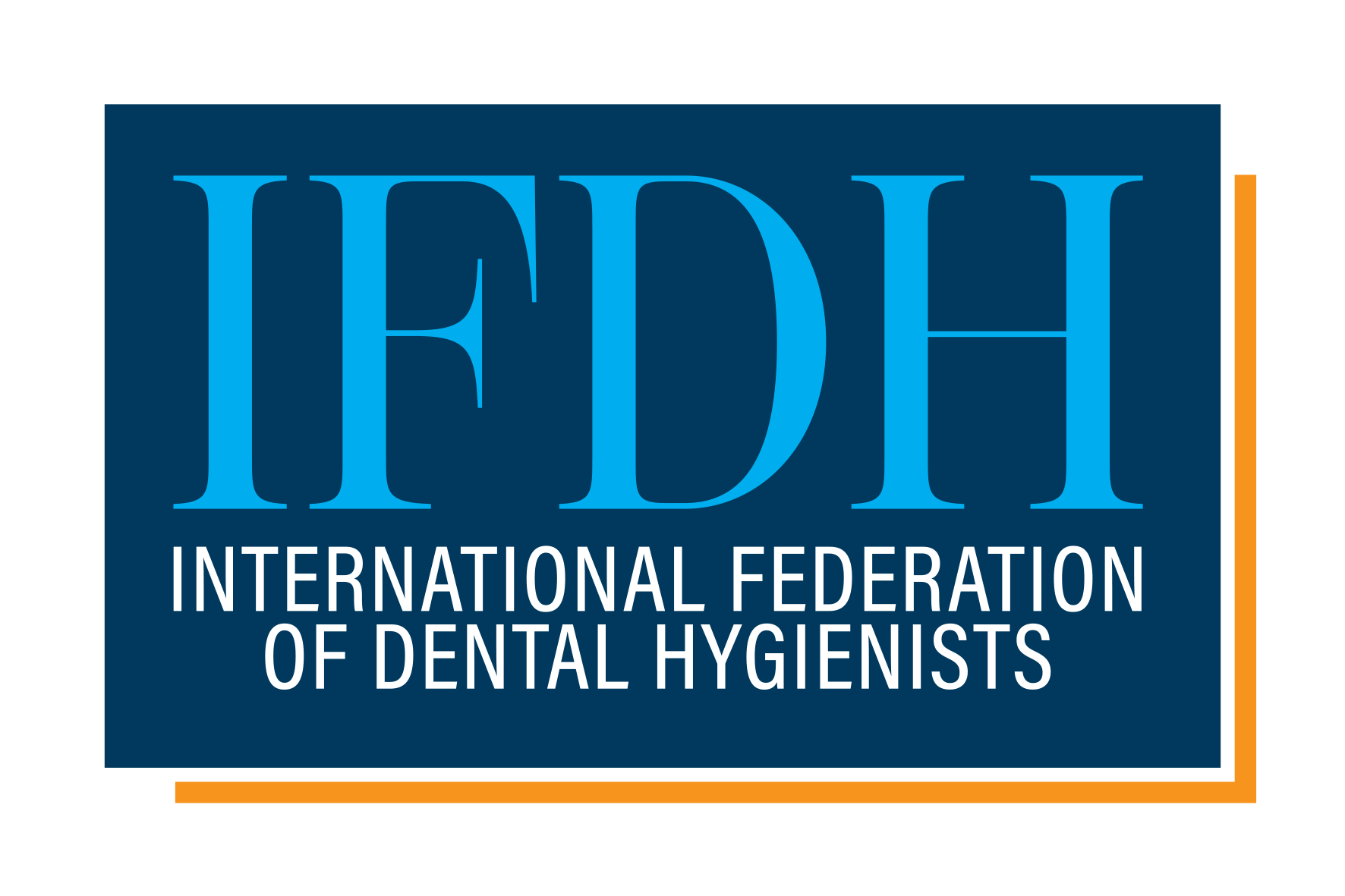Australia
Information to work in this country is available from
Dental Hygienists Association of Australia Ltd.
PO Box 3359, The Pines, VIC 3109
Email: contact@dhaa.info
Website: www.dhaa.info

Procedures and/or documents that are necessary to be able to work in this country
A Work Permit/Visa is required. All applicants must pass a registration examination. Registration with the Dental Board of Australia is required.
Official licensing body in the country
Special conditions that may apply for hygienists that obtain employment
Dental Hygienists must adhere to the Codes, Policies and Guidelines of the Dental Board of Australia.
Contact for Work Permit and/or Visa
Australian Immigration Department, through the Australian Consulate or Embassy in country of residence.
Is a job offer required before a Work Permit/Visa is issued?
Not usually.
Main local and/or official language(s)
See English language requirements of the Dental Board of Australia
Are hygienists qualified overseas required to sit the country's national examination?
Yes (theory and practical). For information please contact:
Australian Dental Council
120 Jolimont Street
East Melbourne
Victoria 3002
Tel: +61 39657 1777
Email: info@adc.org
Assessment pathway document can be found at:
http://www.adc.org.au/Assessment%20of%20Overseas%20Qualified%20Practitioners.html
Information on the local working environment
The majority of dental hygiensts are employed in private dental practices (general or specialist) and are concentrated in the major capital cities. There are very few hygienists working in country areas of the public sector.
Standard tasks that a hygienist is allowed to undertake in the country
Dental hygienists must work within the scope of their formal education and training and in which they have proved competency.
Standard tasks are but not limited to:
- Comprehensive oral examination
- Periodontal examination
- Diagnosis and treatment planning within scope of practice
- Radiography (intraoral and extraoral – OPG)
- Dental health education
- Dietary counselling
- Risk factor evaluation
- Smoking cessation
- Oral hygiene instruction
- Preventive management of caries, periodontal disease and toothwear
- Fissure sealants
- Application of desensitising agents
- Remineralisation procedures including fluoride therapy
- Placement of temporary restorations
- Administration of local anaesthesia infiltration and IAN block
- Removal of supra gingival and sub gingival deposits through scaling and root debridement
- Periodontal dressings
- Removal of sutures
- Splinting to stabilise mobile teeth
- Prophylaxis
- Overhang removal
- Polishing of restorations
- Clinical photography
- Impressions
- Study models
- Orthodontic procedures that do not initiate tooth movement
- Application of professional tooth whitening agents
Further information
Job opportunities exist particularly in Canberra, Sydney, Melbourne and Queensland.
Country Statistics
| Total Population | 25,580,583 |
| Number of Dental Hygienists, Female / Male | 98% / 2% |
| Number of Dentists | 18,157 |
| Number of Dental Hygiene Schools / Students per year | 10 / |
| Practicing Dental Hygienists: Full-time / Part-time | 32% / 68% |
| Number of Dental Hygienists in private sector / public sector | 81% / 19% |
| Number of Dental Hygienists practicing as Clinicians | 90% |
| Number of Dental Hygienists practicing as Educators | 6% |
| Hygienists practicing as Administrators and/or Consultants | 2% |
| Number of Dental Hygienists in other practice settings | 2% |
Links to related web sites
Dental Hygienists’ Association of Australia Inc.
Torrens Valley Institute of TAFE
Information based on data received by IFDH in:
2020
NOTE: The information provided above is for general guidance only. The International Federation of Dental Hygienists advises all hygienists to contact the country’s relevant licensing bodies and agencies for current information and regulations.





